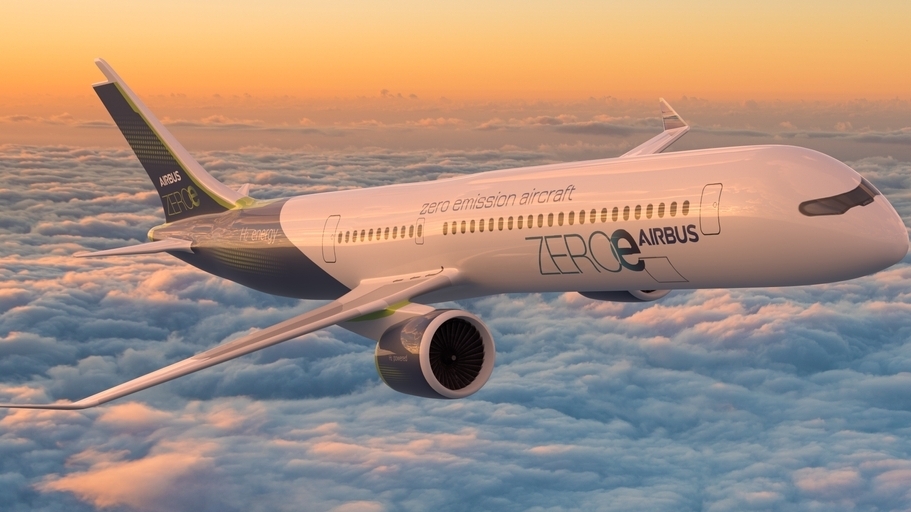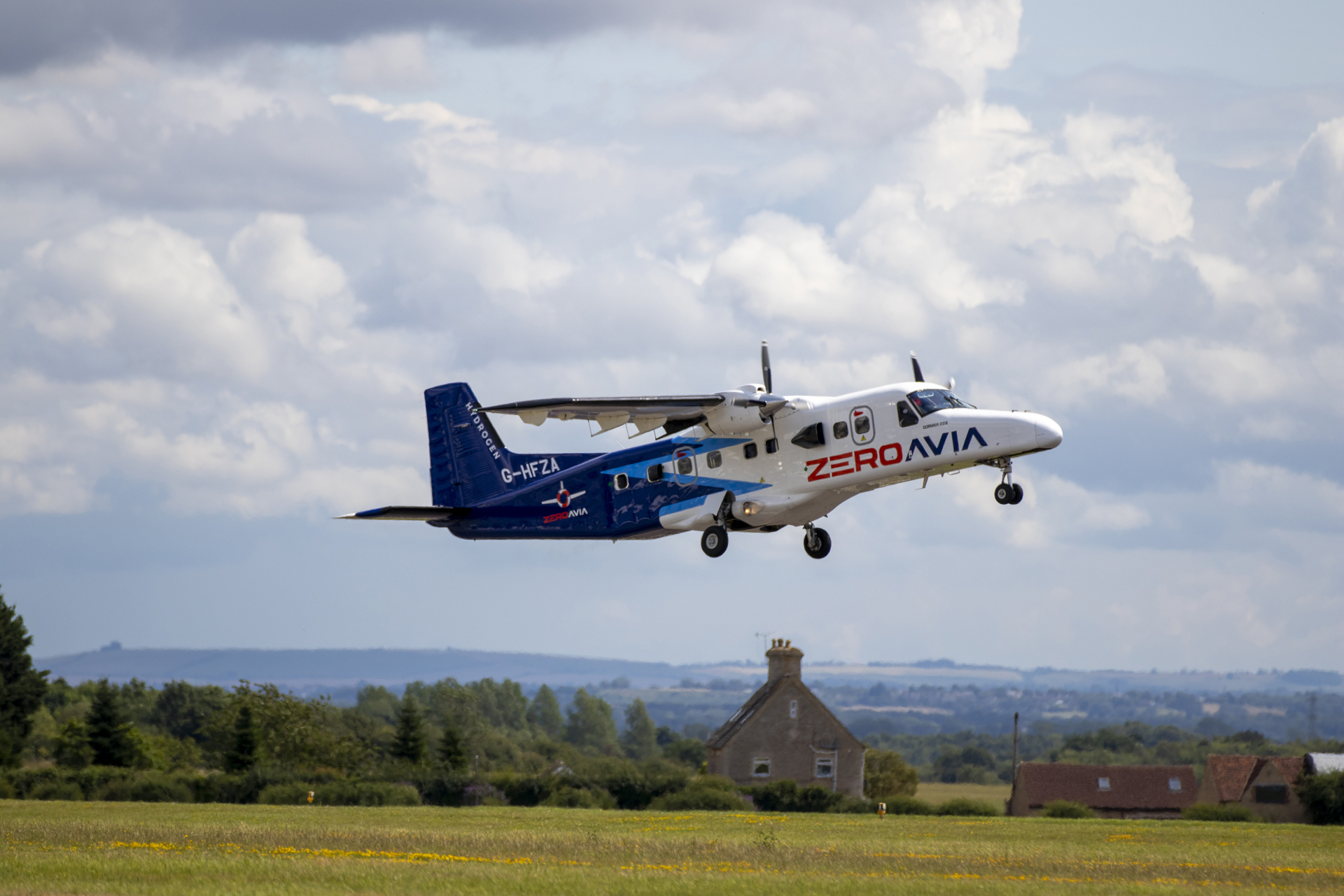
Now boarding: net zero aviation
Is hydrogen-fuelled sustainable aviation ready for patient capital?
In July this year, a Dornier 228 aircraft took off from Cotswold airport in the UK. The aircraft was fitted with two engines –a conventional jet fuel engine and a second hydrogen-electric zero emission engine. The test flight gave the world its first glimpse at a much awaited clarification: the zero emission engine did everything the fossil fuel engine did…and then some.
“The hydrogen-electric engine has matched the power of the conventional, fossil fuel engine”, claimed ZeroAvia – the engine’s manufacturer and one of Time Magazine’s 100 most influential companies for 2023.
On September 18 ZeroAvia announced an influx of investors including Barclays, Airbus and NEOM, a Saudi Arabian investment fund. The investors putting their faith in the company are a mix bunch: from venture capitalists and investment funds to technology companies and airlines. They vary in their appetite, risk tolerance and time horizons.
As companies move through financing rounds, the target investor profile tends to shift. ZeroAvia’s latest financing round saw investors put in “follow-on capital”, in other words more money and often invested for longer periods.
It could signal a new era in sustainable aviation financing. One where patient capital might consider a seat at the table. Institutional investors could now ask: is there an investment case for hydrogen-fuelled net zero aviation?

How soon, how fast?
As with many innovations that underpin the transitions of hard-to-abate sectors, the profitability of hydrogen engines depends on proof of concept, scale and competitiveness.
Companies and investors seem convinced that compared to its peers, hydrogen as an aviation fuel has a lot going for it. For example: it can be produced through renewable energy, has more energy-per-unit than jet fuel and is expected to cut carbon dioxide emissions in aviation by 50%.
Airbus, the European aircraft manufacturer and one of the investors in ZeroAvia was one of the first to bet on hydrogen.
“We believe hydrogen is one of the most promising decarbonisation technologies for aviation. This is why we consider hydrogen to be an important technology pathway to achieve our ambition of bringing a low-carbon commercial aircraft to market by 2035”, Airbus says.
Airbus aims to achieve commercial flight of its hydrogen aircraft by 2035.
Likewise, in 2022, American Airlines announced an equity investment in Universal Hydrogen Co - a green hydrogen distribution company. At the time, the airline’s chief financial officer Derek Kerr referred to the decision as “a vote of confidence for green hydrogen”.
As hydrogen engine manufacturers move closer to demonstrating a viable commercial flight, conviction in the first mover advantage associated with an early investment increases. Explaining the company’s investment in ZeroAvia, Andy Challis, co-head of principal investments at Barclays said:
“ZeroAvia has shown that with ambition, technological innovation and the right support from both the public and private sector, it is possible to scale and implement such hydrogen technologies at pace, as evidenced by the ZA600 [ZeroAvia’s test project] moving ever closer to commercial flight”.
We believe hydrogen is one of the most promising decarbonisation technologies for aviation. This is why we consider hydrogen to be an important technology pathway to achieve our ambition of bringing a low-carbon commercial aircraft to market by 2035
Achilles heel
Yet with all this conviction, hydrogen has an Achilles heel: volume.
Hydrogen requires a significant amount of storage space because of its lower density. In 1988 when the Soviet Union’s TU-155 became the world’s first demonstration of hydrogen-fuelled flights – hydrogen storage took up a third of its passenger cabin.
In a tight-margin business like aviation, space can be expensive to forgo.
When Airbus unveiled their hydrogen plan, the company warned: “because hydrogen has a lower volumetric energy density, the visual appearance of future aircraft will likely change. This is to better accommodate hydrogen storage solutions that will be bulkier than existing jet fuel storage tanks”.
There is also the question of cost. There are several factors that suggest hydrogen fuel costs to airlines could be high. It is far more complex to transport hydrogen and airports could increase the price of their services given the need to install cryogenic storage facilities.
Additionally, long-haul flights might be a distant goal. Range is a key, profitable component of airline business models. The Airbus A320Neo has a range of about 6000km, the first set of hydrogen aircraft are expected to have a range of 3700km. One of the hydrogen aircrafts Airbus hopes to introduce by 2035, has a range of about 1850 kms and capacity for less than 100 passengers.
Passing costs on to the consumer could hurt competitiveness: at least in the interim, if passengers are given the choice between flying a net zero flight at a premium – many might not want to.
ZeroAvia seems confident its innovation is cost-friendly. “We do not have to push the unappealing choices on passengers of paying more or flying less to deliver climate conscious air travel”, says Val Miftakhov – the company’s founder and chief executive.
Perhaps the biggest hurdle of them all is regulation. Aviation remains one of the most tightly regulated markets for good reason. Researchers have already found safety risks that need to be addressed. The milestones of sustainable aviation may very well be measured in regulatory approvals – and it remains a long list.




